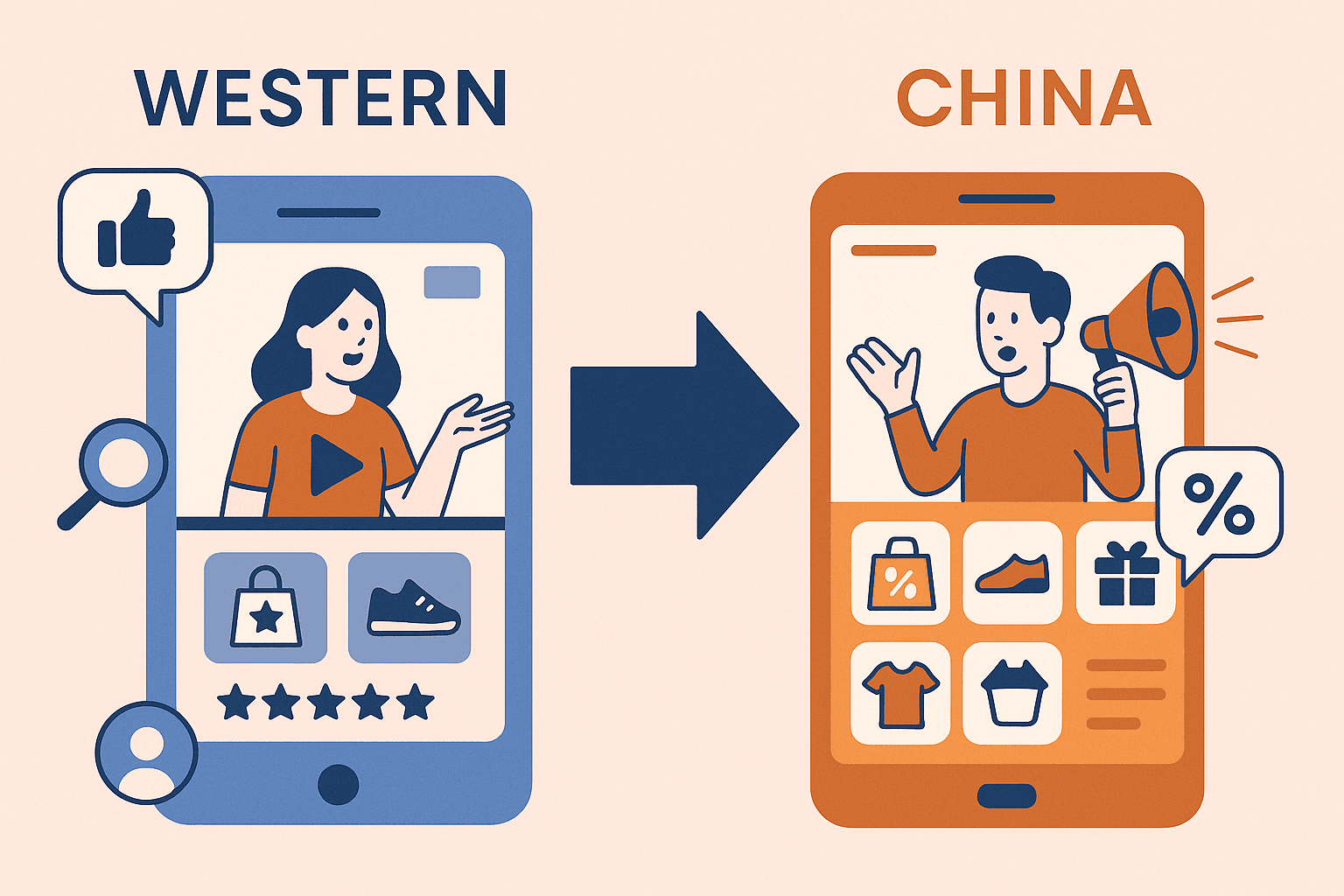One World, Many Moods: Plan by Country, Not Headlines

One World, Many Moods: Plan by Country, Not Headlines
TL;DR
Consumer mood isn’t uniform across markets.
Tracking country-level confidence, spending intent, and savings behavior reveals enormous differences. What feels like a boom in Brazil might feel like a belt-tightening in Britain.
Local mood changes what people buy and how.
When optimism rises, consumers splurge on experiences and upgrades. When anxiety hits, they trade down, pause, or seek reassurance. Adjust the value proposition—not just the translation.
Update plans frequently.
Consumer sentiment changes faster than your fiscal calendar. Refresh insights quarterly before your campaign starts sounding like yesterday’s news.
Why this matters now
Marketers love global headlines like “Consumer confidence rebounds.” They sound decisive, universal—and dangerously misleading. McKinsey’s and BCG’s trackers show confidence curves that resemble spaghetti: crossing, looping, and never matching. Optimism in India soars while Japan holds steady; the U.S. hesitates as Indonesia accelerates. The result? Your “global” plan might be locally tone-deaf.
In other words: your upbeat ad about “bold new beginnings” could inspire hope in one country and eye-rolls in another.
The fix is empathy with a spreadsheet. Country-level data lets you tailor strategy without losing your sanity. After all, it’s hard to drive growth if half your audience feels like saving for a rainy day—and the other half is out buying jet skis.
What to do this month
- [ ] Build a quarterly sentiment dashboard. Track spending intent, savings behavior, and confidence across key markets. It’s less glamorous than a TikTok strategy—but a lot more useful.
- [ ] Create value “dials.” Pre-set message variations that emphasize either value, quality, or convenience. Rotate based on which mood dominates each region. No need for 50 ads—just smarter knobs.
- [ ] Run controlled market experiments. Test whether upbeat messaging (“Treat yourself”) outperforms grounded reassurance (“Smart choices, lasting value”). You might discover optimism sells better in warm climates—it’s the sunshine effect.
The global mood map
McKinsey and BCG both note widening divergence:
- North America: cautious optimism—consumers still spending but watching inflation like hawks.
- Europe: cautious and pragmatic—people open their wallets for essentials but not indulgences.
- Asia-Pacific: momentum markets like India, Indonesia, and Vietnam show robust confidence; Japan stays steady but conservative.
- Latin America: optimism cycles fast—rising with paydays, falling with policy shifts.
Each market feels the same global headlines differently. Inflation in one country is a panic; in another, it’s Tuesday.
Evidence & caveats
Both firms agree: sentiment and spending are cousins, not twins. They often move together—but not always. Behavior lags emotion. That means your messaging should anticipate—not echo—shifts in confidence.
A key caveat: over-analysis kills agility. The goal isn’t to rewrite your global strategy monthly, but to inject just enough sensitivity that you sound aware, not oblivious.
FAQs & objections
Isn’t this just localization 2.0?
Not quite. Localization changes language; sentiment planning changes emotion. It’s not about idioms—it’s about instincts. When people feel uncertain, humor softens the message. When they’re confident, aspiration sells.
How do we measure sentiment effectively?
Start with macro indicators (McKinsey, BCG, World Bank data), then layer in local surveys, search trends, and social sentiment. Think of it as a weather forecast—you don’t need precision, just direction.
What if the data contradicts our brand tone?
That’s the point. Adapt, don’t insist. If your brand’s tone is relentlessly upbeat but your audience is anxious, add warmth before energy. You’ll feel relatable, not robotic.
How does humor fit in here?
Cautiously! Humor travels best when it’s self-aware, not sarcastic. A witty “We get it, it’s been a year” works everywhere; a pun about energy bills might not.
Won’t this make global coordination messy?
Only if you treat uniformity as the goal. The objective is harmony, not homogeneity. Your brand should sound like itself—just tuned to the local frequency.
The bigger picture
There’s no such thing as a single “global consumer” anymore—only a global marketplace filled with distinct emotional climates. Smart marketers read the mood before setting the message.
Think of it like DJ-ing a world tour: the song can be the same, but you’d better change the tempo for Tokyo, São Paulo, and Paris.
In a noisy, uncertain world, empathy isn’t soft—it’s strategic. Track sentiment. Match tone. Update often. Because if marketing is conversation, the first rule is simple: read the room before you start talking.
Read similar content
Similar topics

Speed Is a Feature: Site, Support, and Delivery That Convert
Operational speed—page loads, helpful support, clear delivery—now decides who wins the cart.

Loyalty That Changes Behavior (Not Just Points)
Design rewards and service advantages that make people act differently—return more, spend more, advocate more.

Beyond #Ad: Why Affiliate + Long-Term Creators Are Eating Paid Social
One-off influencer posts are dying; long-term creator relationships and affiliate engines now outperform traditional paid social.

Social Commerce Is Growing Up: What to Copy (and Not) from China
Western social platforms are finally maturing into real shopping ecosystems—but China’s playbook isn’t a template, it’s a teacher.